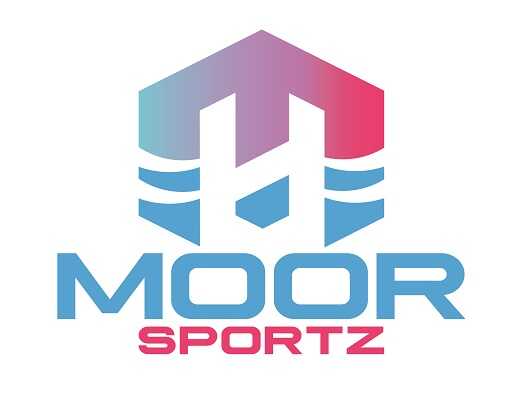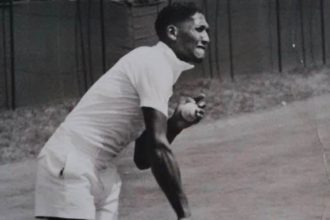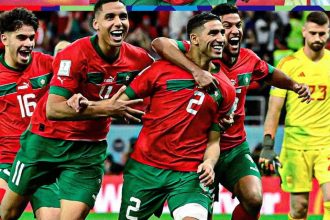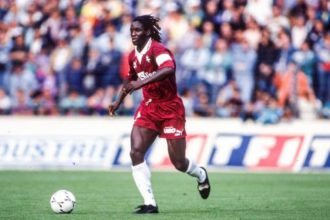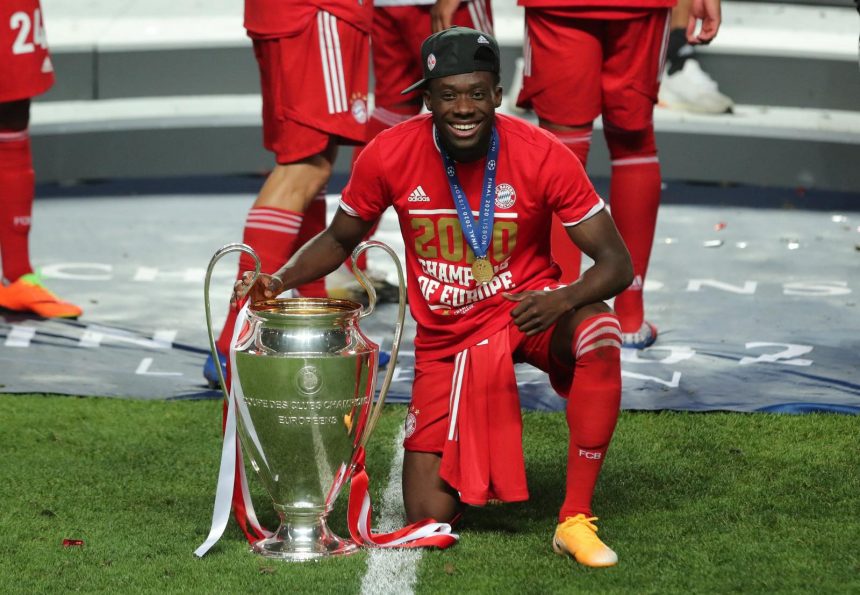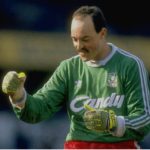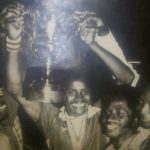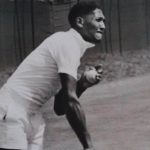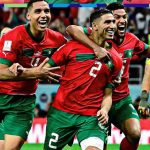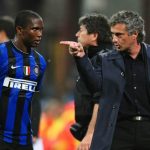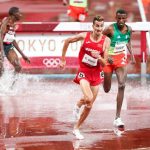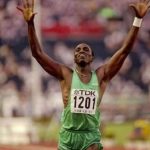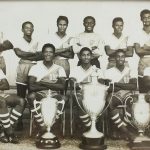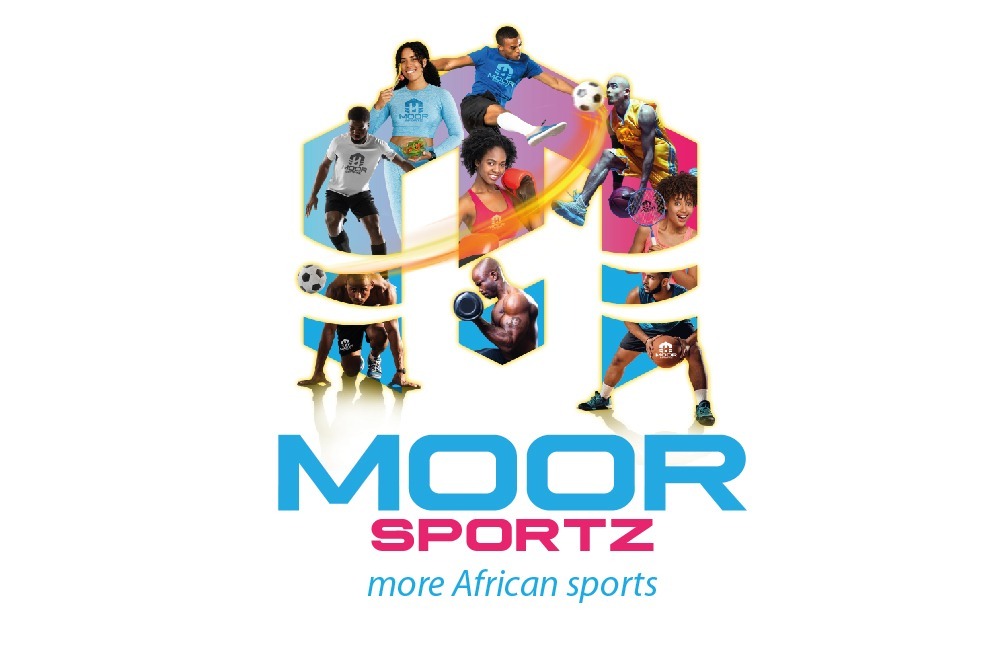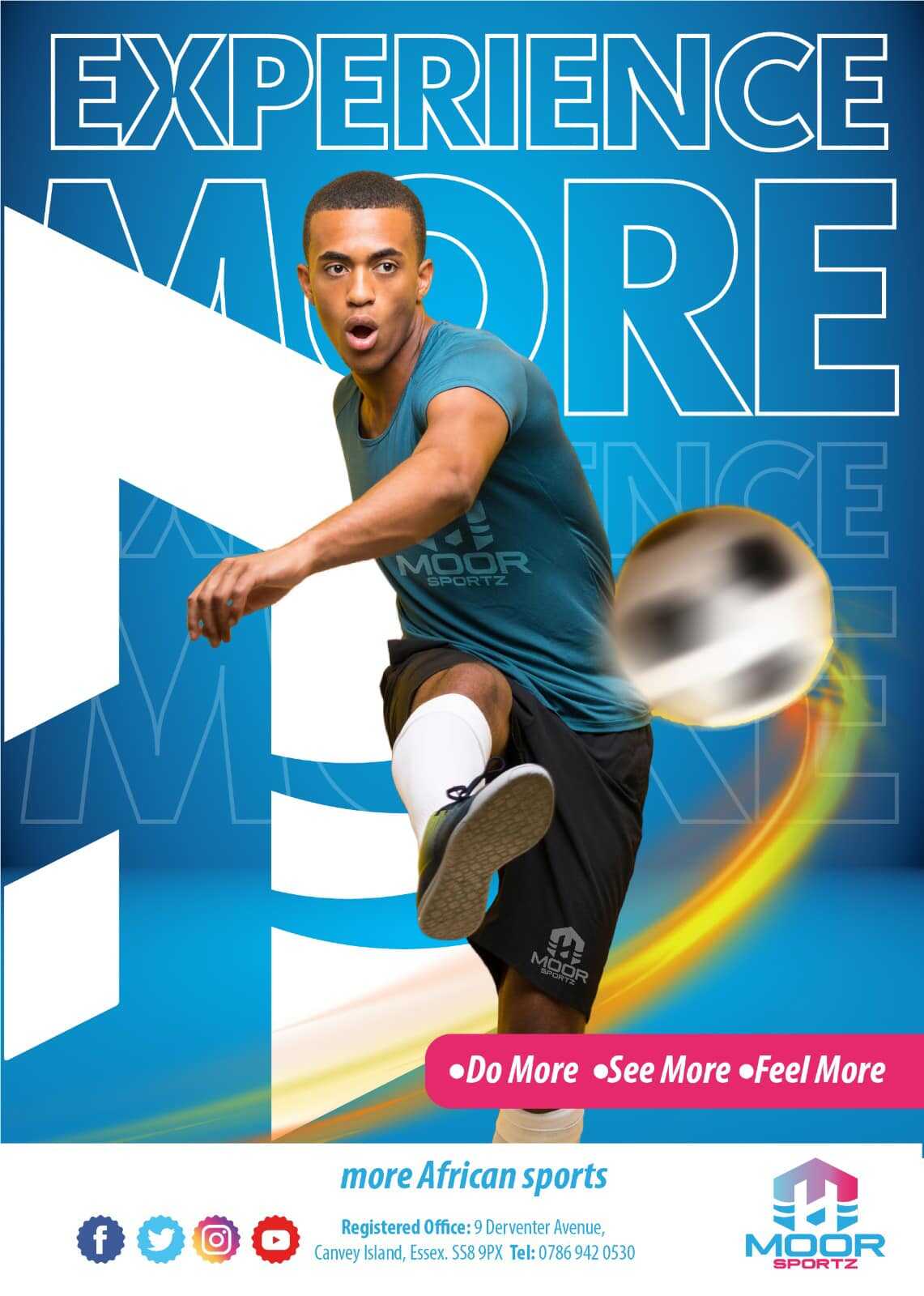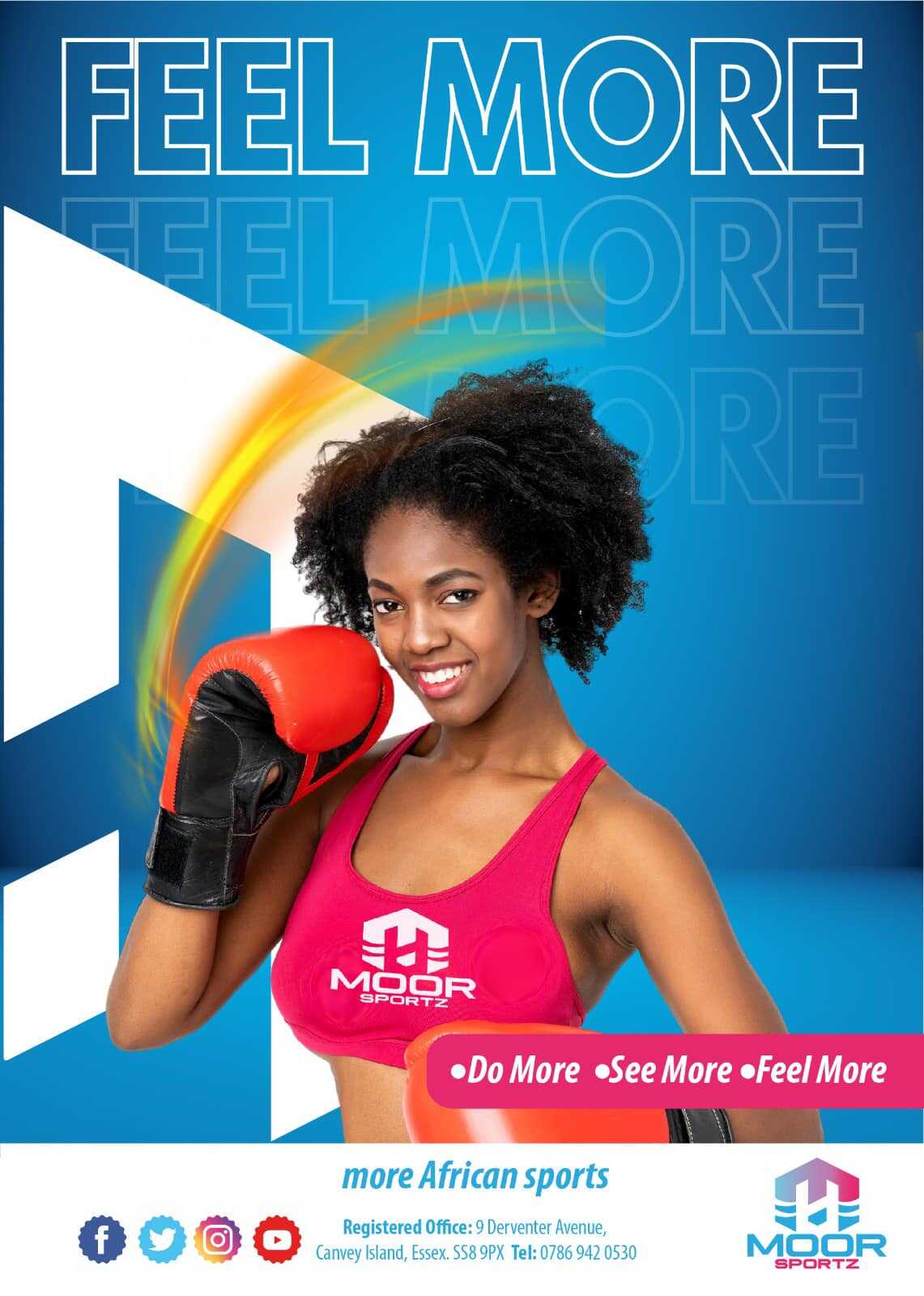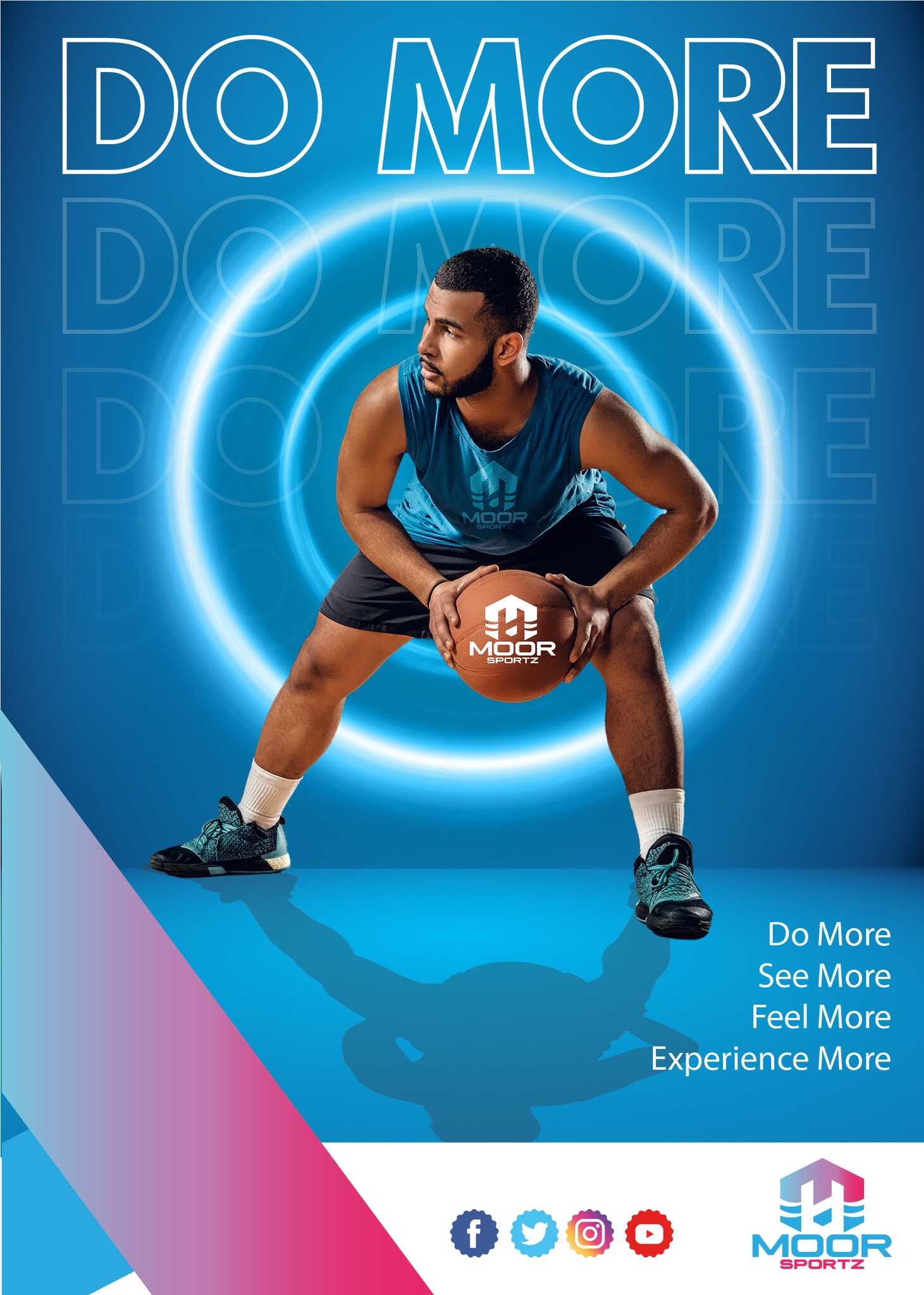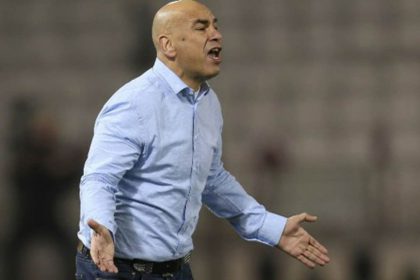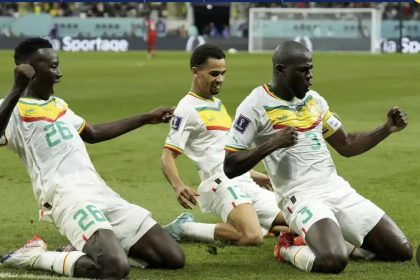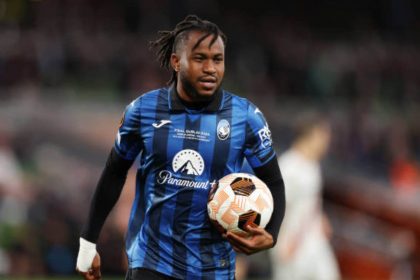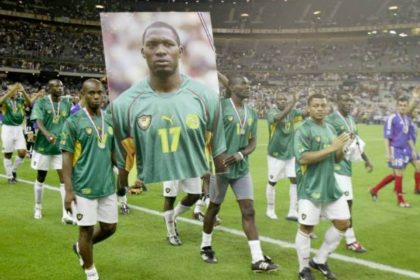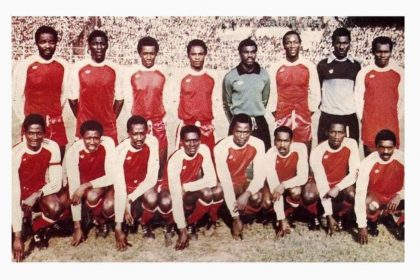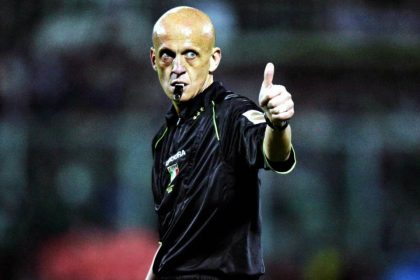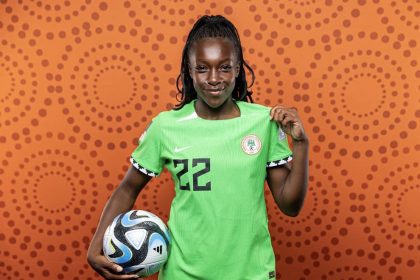Alphonso Davies sustained an ACL injury in his right knee during an international break earlier this year which sidelined him for the rest of the 2024–25 season.
As the 2025-26 Bundesliga season kicks off this evening with a Bayern v Leipzig fixture, how soon into the new season will he play his first competitive match for his club, Bayern Munich?
When he first posted a photo of himself running on the pitch with one leg noticeably slimmer than the other, fans around the world paused.
“Wow my leg looks that skinny and I was here thinking it’s getting bigger ,” he joked on social media, masking the frustration and challenge behind recovery from a torn ACL. For a player whose explosive pace and fearless attacking runs define his game, the injury struck at the core of both his performance and his identity.
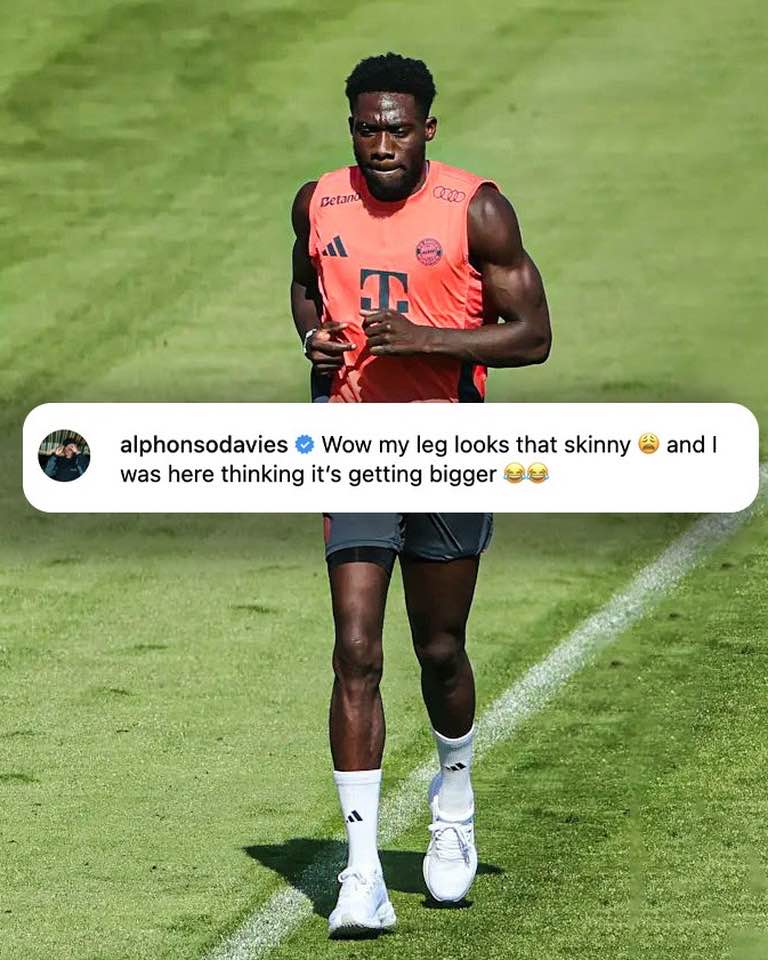
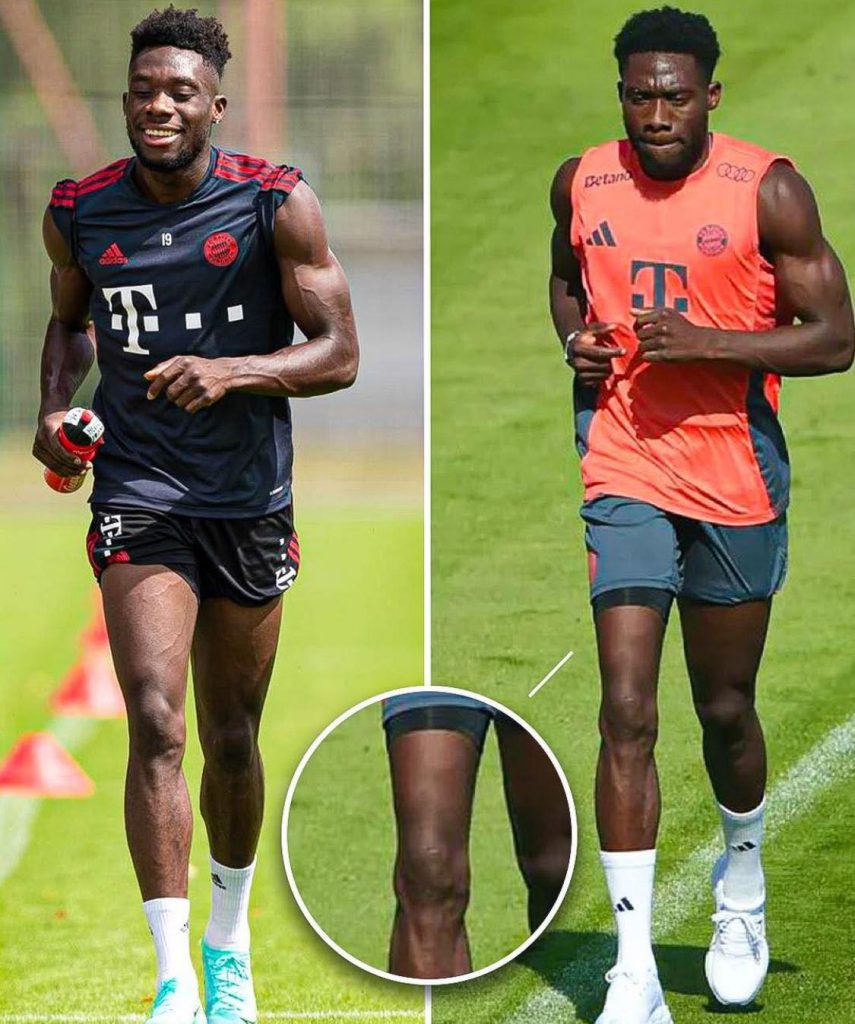
Alphonso Davies’ story is, unfortunately, all too familiar in elite sports. ACL injuries—tears to the anterior cruciate ligament in the knee—are among the most feared for athletes who rely on speed, agility, and quick pivots.
Surgeons describe the ACL as a stabilizing keystone: it prevents the tibia from sliding forward, controls rotational forces, and enables explosive movement. When it ruptures, the knee is left unstable, often accompanied by meniscus damage or cartilage injury, leading to swelling, pain, and immediate loss of function. For Alphonso Davies, the surgical repair was only the first step; rebuilding strength, regaining confidence, and trusting the knee under the intense demands of professional football is a complex, multi-month process.
Sports medicine experts agree that while ACL reconstruction is often structurally successful, returning to full performance is about far more than the ligament itself.
The 2020 Panther Symposium consensus highlights that muscle strength, proprioceptive control, and psychological readiness—especially the athlete’s confidence and freedom from fear of reinjury—are critical to a safe and successful return to sport. Research by Webster and Feller (2018) further shows that athletes with low psychological readiness are significantly less likely to return to their pre-injury level, even when the knee is surgically stable.
Alphonso Davies’ post-injury comments highlight a crucial reality of rehabilitation: the mind often struggles as much as the body. Seeing one leg visibly thinner than the other is not merely cosmetic; it signals muscle atrophy, a reminder that months of work are needed to regain balance, strength, and confidence.
The psychological weight of this is compounded for elite athletes who measure their identity through performance. The fear of reinjury can be as debilitating as the original tear.
Historically, some of the biggest names in sports have faced similar trials. Derrick Rose, the youngest MVP in NBA history, suffered an ACL tear in 2012 at the peak of his explosive career. While modern surgery restored knee stability, Rose often spoke candidly about the lingering anxiety on the court: hesitation in jumping, subtle avoidance of high-risk moves, and the emotional toll of watching teammates progress while he struggled.
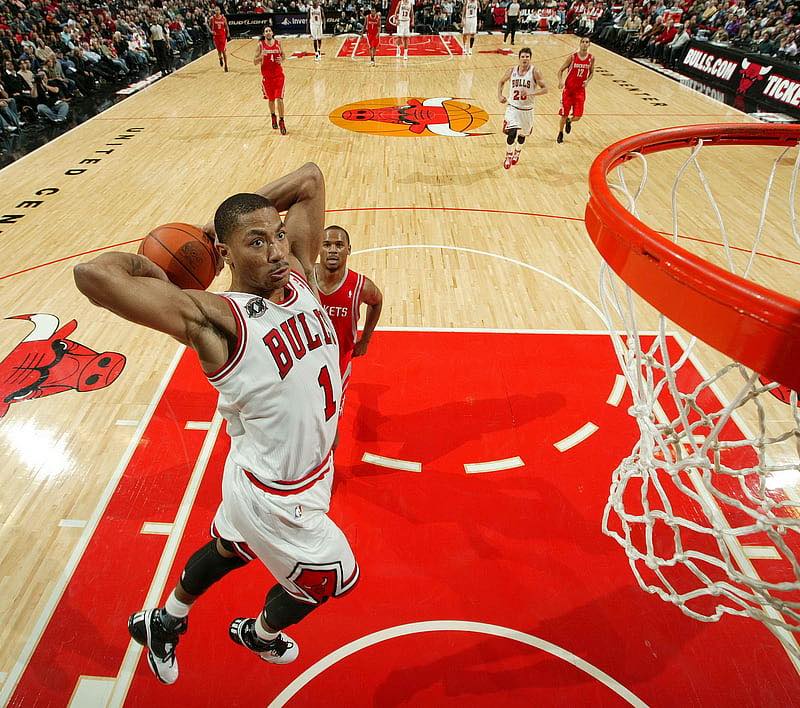
Football has seen its share of heartbreak. Michael Owen’s lightning pace was compromised by recurrent ACL and knee injuries, forcing him to adapt his game. Alessandro Del Piero and Ruud van Nistelrooy faced similar challenges; their ACL injuries forced changes in style, strategy, and expectations. Even legends like Zlatan Ibrahimović, who tore his ACL at 35, had to rely not only on surgical excellence but also extraordinary mental resilience to return to peak performance.
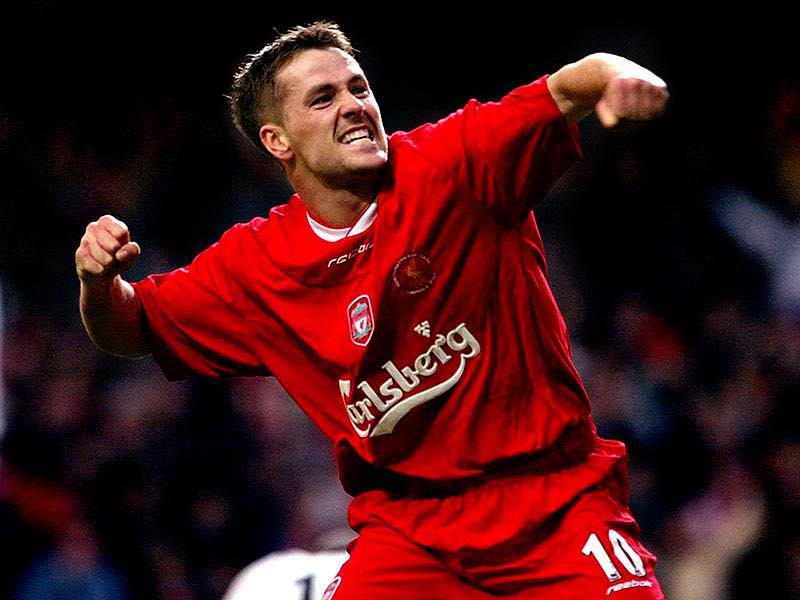
Psychiatric insight is essential in understanding why recovery can falter. Multiple studies affirm that ACL injuries represent not just a physical setback but a psychological one, too. Athletes frequently describe emotional responses—such as fear of reinjury (kinesiophobia), loss of identity, hesitancy, and even depressive symptoms—that can critically impact their return to sport.
Strategies like graded exposure, psychological support, and rebuilding confidence are essential components of rehabilitation.
Sebastian Deisler, a German football prodigy, is a tragic example: recurrent ACL injuries coupled with psychological distress led him to retire at just 27, long before his potential was fully realized.
Alphonso Davies’ case also underscores the age-related dynamics of ACL recovery. Younger athletes often have faster tissue healing and greater muscular adaptation, but even in his early 20s, the psychological dimension cannot be underestimated. Every training session, every touch on the ball, carries the unspoken question: “Can my knee withstand this?” Maintaining confidence while rebuilding strength is a delicate balance.
The rehabilitation process is rigorous. Physiotherapists guide athletes through progressive strengthening, proprioceptive exercises, and sport-specific drills. Experts emphasizes that the reconstructed ligament is only part of the equation: The surrounding muscles, particularly the quadriceps and hamstrings, are often weaker post-injury. Regaining symmetry is vital. Otherwise, players are vulnerable to reinjury or compensation patterns that can affect other joints. For Davies, who once relied on bursts of speed that left defenders trailing in his wake, rebuilding these muscles while maintaining cardiovascular conditioning and skill execution is both a science and an art.
Yet there is hope and inspiration in these comebacks. Penny Hardaway, despite multiple ACL and knee injuries, managed to return to professional basketball, adapting his style to match his changed body. Daunte Culpepper, though facing multi-ligament knee trauma, demonstrated the resilience of mind and body necessary to continue his career, even if at a modified level. These examples illuminate a common theme: ACL recovery is not simply a physical repair but a holistic journey involving mind, body, and environment.
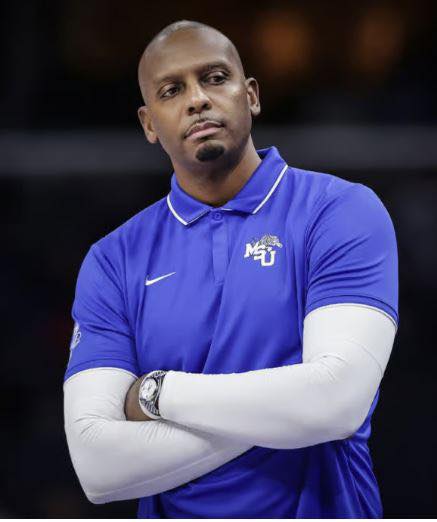
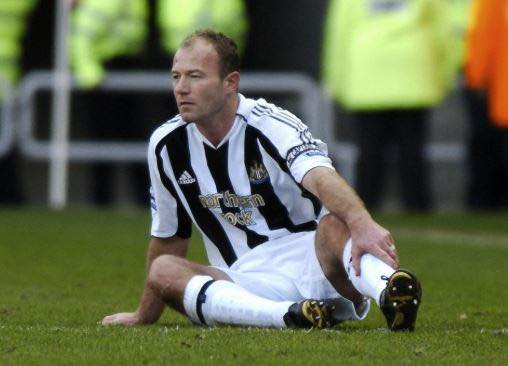
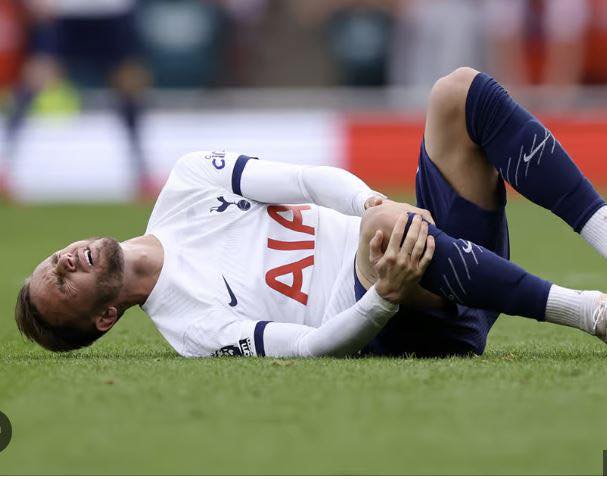
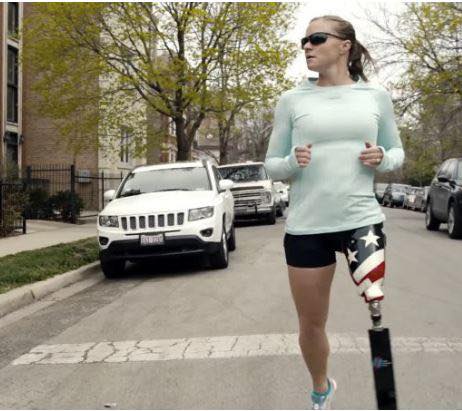
Administrators and coaching staff also play an essential role. Supporting the athlete’s psychological recovery, adjusting training loads, and managing expectations can mean the difference between a successful comeback and a career-ending setback. As the German Bundesliga’s 2025-26 starts today and Davies continues his journey at Bayern Munich, the club’s careful integration of physical therapy, on-field training, and psychological support reflects best practices in modern sports medicine he would need.
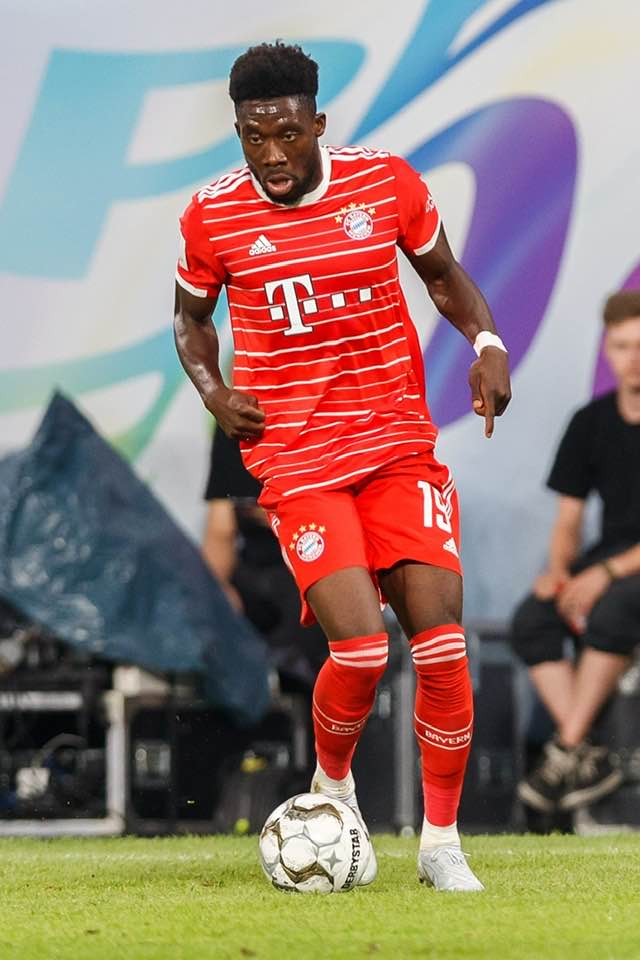
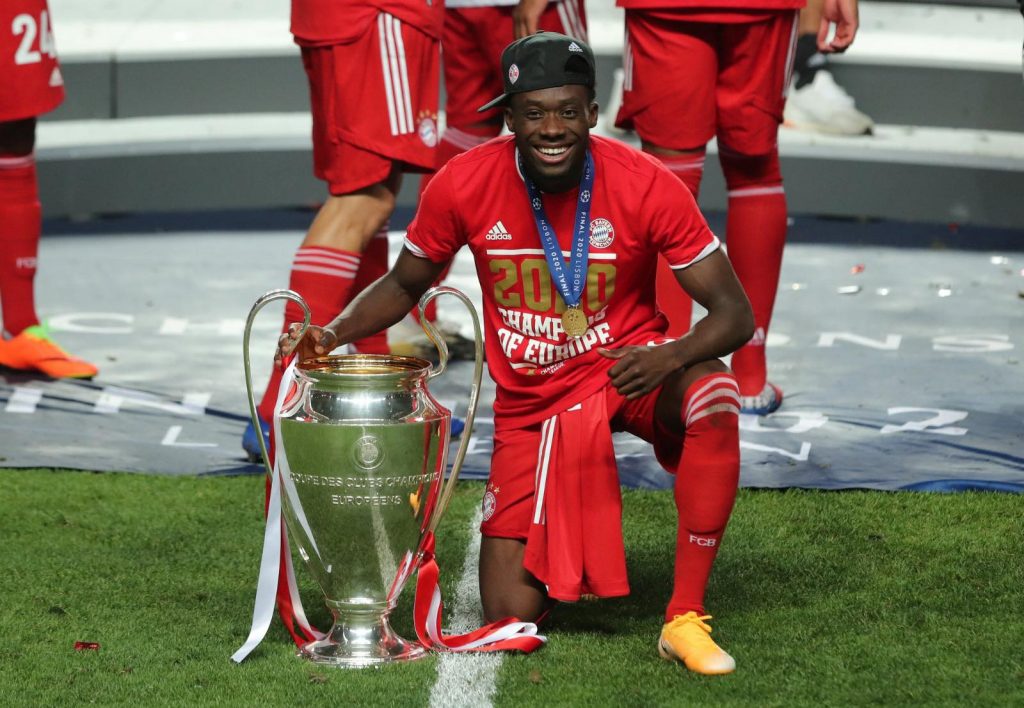
Alphonso Davies’ story is far from over, but it already illustrates the intricate interplay of forces that define ACL recovery. The knee itself may be repaired, but the mind must rebuild trust, the muscles must regain symmetry, and the athlete must reconcile with a temporarily altered identity. When he runs again at full speed, breaking past defenders as if the injury never existed, it will not merely be a testament to surgical skill but to resilience, mental courage, and the unyielding drive of human spirit for the Canadian footballer with Liberian heritage, but studying the journey of his life since he was born, he is indeed “a Cat with seven lives.”
Cats are survivors, they can withstand falls that would easily kill a human due to innate abilities of reflexes, agility and quick-wit, hence the African proverb, “a cat has seven lives”.
Alphonso Davies is not new to life’s daunting challenges so this one will certainly not consume him.
Davies was born to Liberian parents in Buduburam, a refugee camp in Ghana on 2nd November 2000, the fourth youngest of six siblings. His parents fled Monrovia during the Second Liberian Civil War, which displaced more than 450,000 Liberians and from there sought asylum in Canada in 2005, settling in Edmonton.
Davies started playing street football from that age 5 when he arrived Canada and this was where he was spotted by football scouts.
A survivor, he relocated alone to Vancouver to join the Whitecaps FC MLS’ academy Residency program at a tender age of 14, this independent decision by this lad was the turning point for his destiny and family’s, as it was from here he received Canadian citizenship On June 6, 2017 due to his prodigious footballing skills, until this time he had been a Liberian national.
From here he gained international recognition and joined Bayern Munich in January 2019. Davies initially attended St Nicholas Catholic Junior High in the Edmonton Catholic School District where he played his first organized soccer with Free Footie, an after-school soccer league for inner-city elementary school students who cannot afford registration fees and equipment, or who lack transportation to games.
“Soccer was the thing he wanted to get into, but language was a problem.” Onesphore Hamis, his grassroots soccer teammate recalled.
His classmate and fellow Liberian immigrant Chernoh Fahnbulleh recalled of Davies, “He spoke English but it was, like, broken English”.
From a child who wandered about in a refugee camp and later pushed past such barriers to global fame, life has definitely prepared Davies for this tricky moment.
ACL injury is not the end. Although, the rupture of an anterior cruciate ligament (ACL) is rarely just a physical injury—it’s an emotional rupture, too. But sometimes, it is the darkest chapters that define the brightest comebacks.
References:
- “Future of Liberian Refugees in Ghana Uncertain” By “Anna Boiko-Weyrauch VOA News, December 2009
- “A Systematic Review of the Effect Of Proprioceptive and Balance Exercises on People With an Injured Or Reconstructed Anterior Cruciate Ligament” R. L. Cooper, N. F. Taylor & J. A. Feller Published on 01 Feb 2007
- “Bayern star Davies shocks fans with leg change after horrific injury” Author — Ivan Kovbasa for 12 August 2025
- “See you on the other side – James Maddison vows to bounce back from ACL misery” By George Sessions, PA, Udine for Irish News August 12, 2025
- “See you on the other side – James Maddison vows to bounce back from ACL misery” By George Sessions, PA, Udine for Irish News August 12, 2025.
- “Other access options Arthroscopy: The Journal of Arthroscopic & Related Surgery” Science redirect Volume 39, Issue 8, August 2023, Pages 1775-1778
- Editorial Author links open overlay panelAndrew J. Sheean M.D. (Associate Editor), James H. Lubowitz M.D. (Editor-in-Chief), Jefferson C. Brand M.D. (Assistant Editor-in-Chief), Michael J. Rossi M.D., M.S. (Assistant Editor).
Follow this link to subscribe to Moor Sportz’s YouTube channel https://youtube.com/@moorsportz?si=N6AjZfjQJEMOnV2J
You can also find us on the Twitter and Instagram, our coloured brand logo is unmistakable in the search engines.
Please note that we don’t have the copyright ownership of the photos here.
Story edited by Kehinde Fagbuaro
